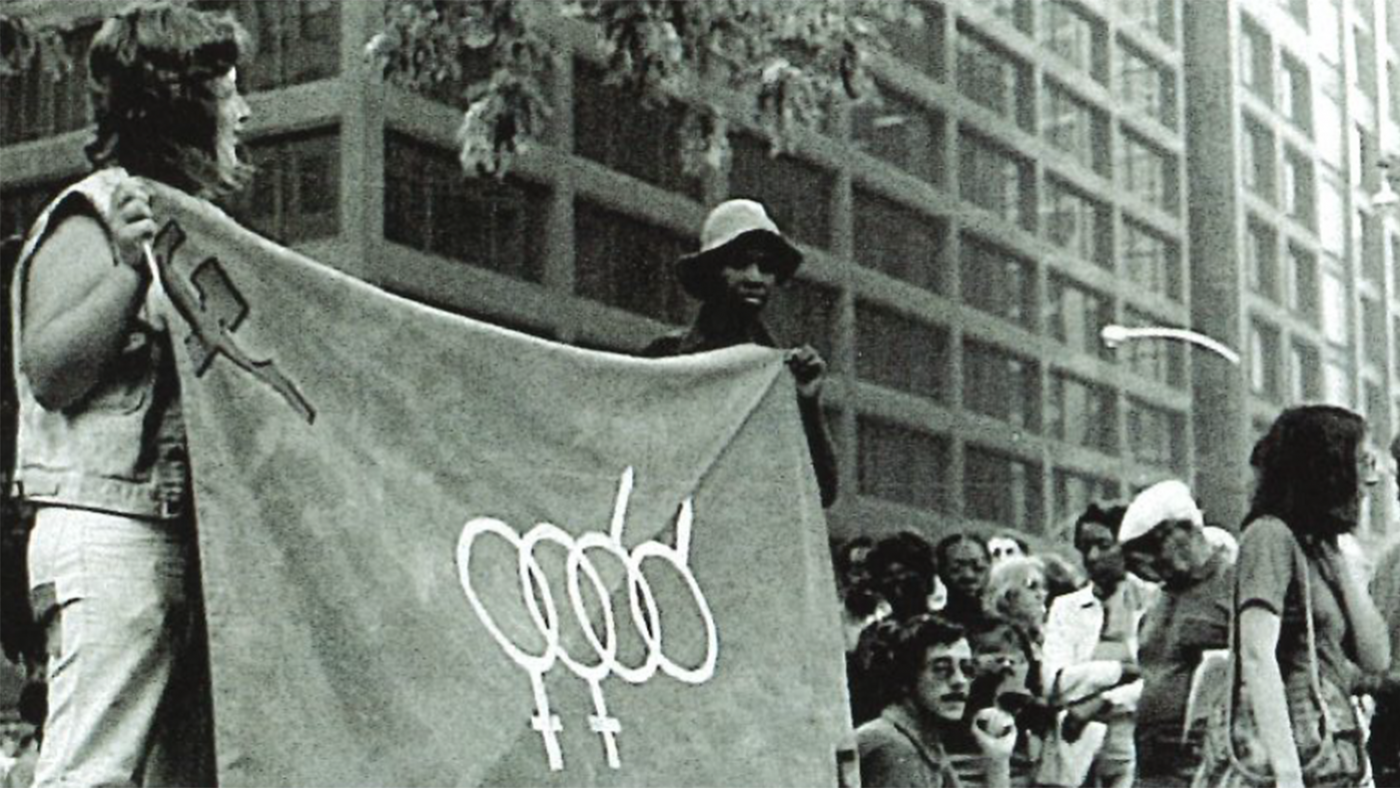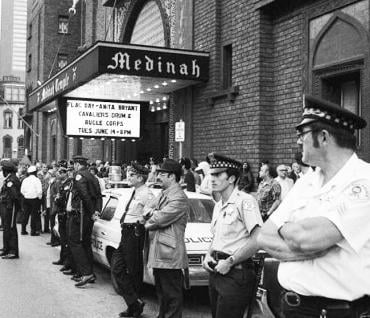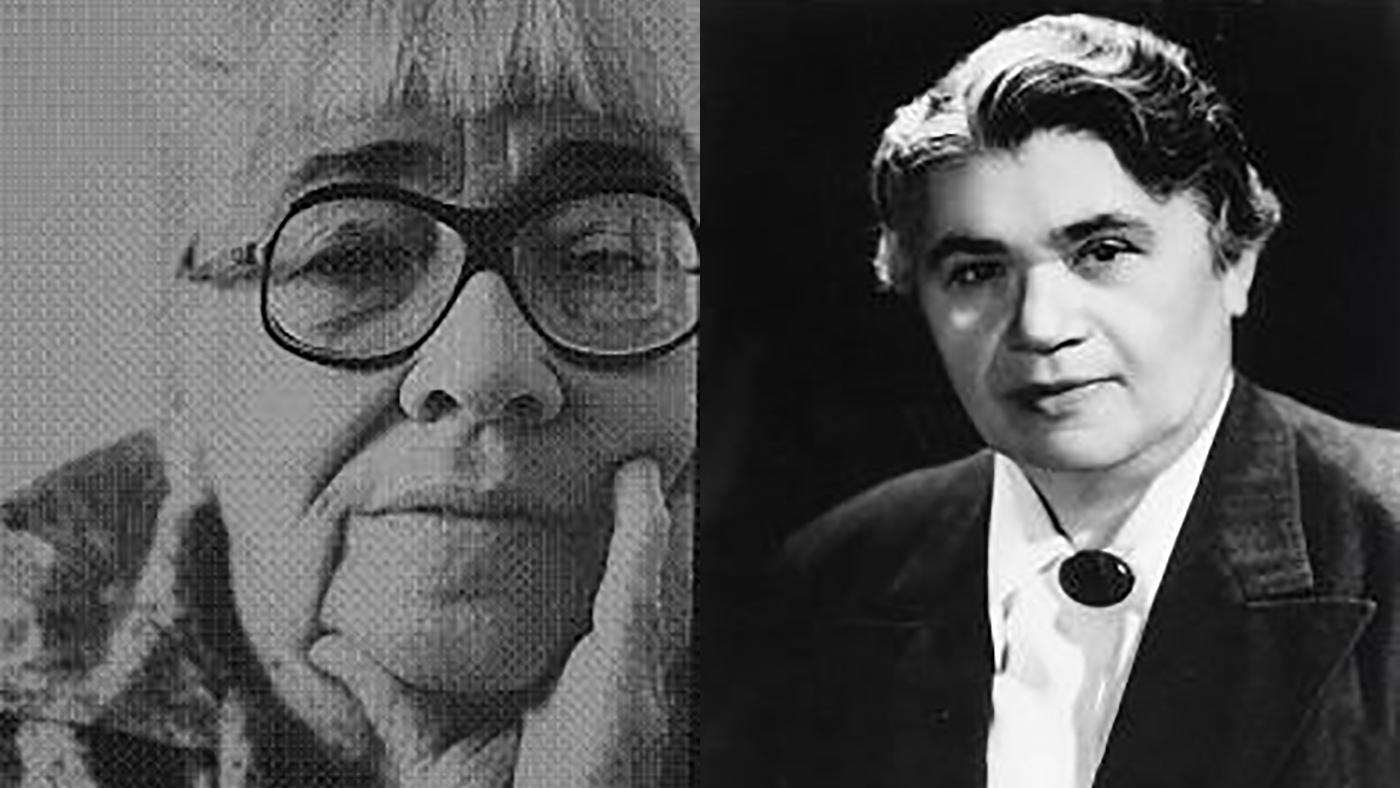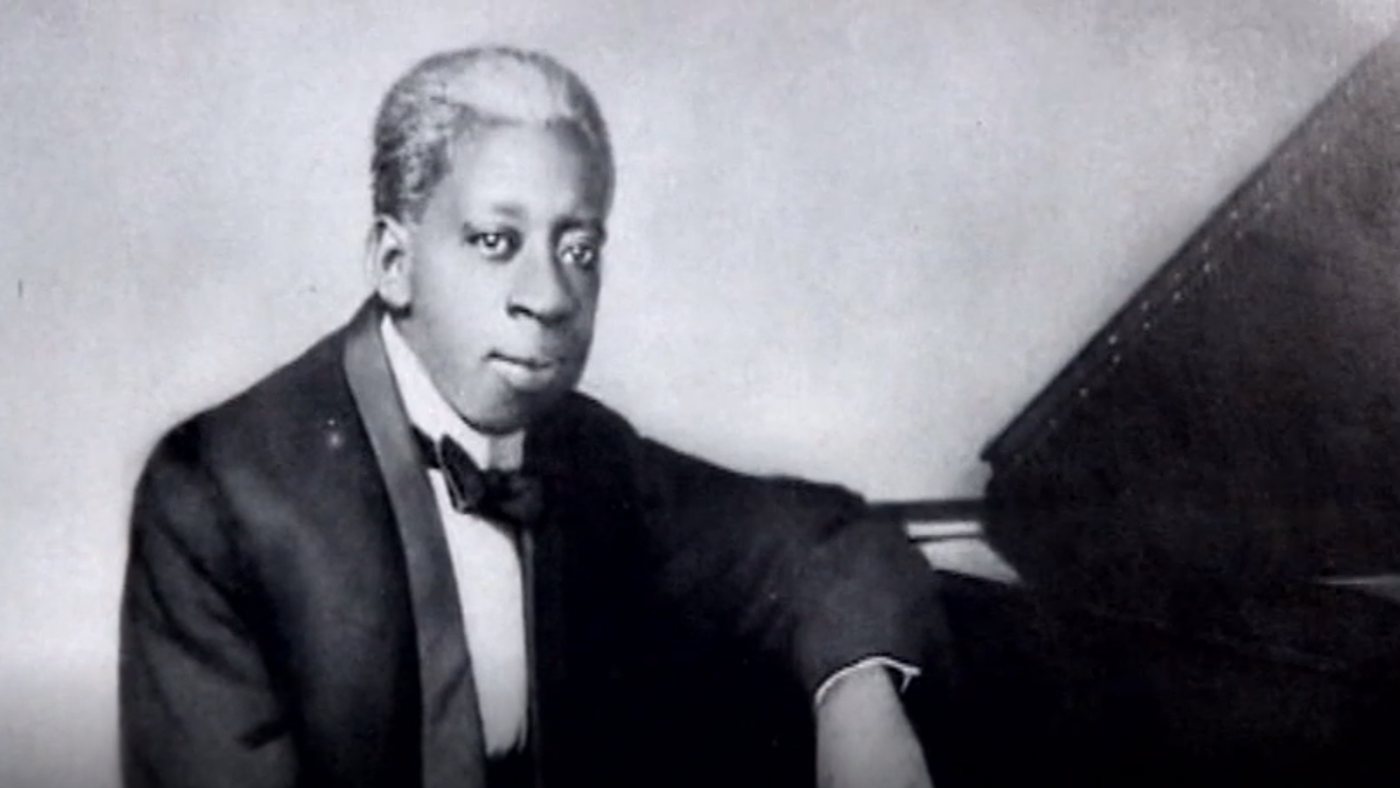How Chicago’s Pride Parade Grew from a Small March to a Big Event
Meredith Francis
June 28, 2019

It started as a small political march of 150 people. Now, 49 years later, the Chicago Pride Parade boasts an estimated one million people in attendance each year.
How did it go from a small march to a large celebration?
The first Chicago Pride march was one of three around the country that was held to commemorate the one-year anniversary of the Stonewall uprising in New York City. In 1970, a group of 100 to 150 people gathered in Chicago’s Washington Square Park, known as “Bughouse Square,” which was a popular cruising spot for gay men.
The march’s route was symbolic, beginning in the shadows of Bughouse Square and walking visibly into the city along Michigan Avenue’s Magnificent Mile. Some demonstrators continued on to what is now Daley Plaza.
“Every group has a parade in Chicago. You name the group, they have a parade. So instead of a parade, we had a march,” says gay rights activist Vernita Gray in the WTTW documentary Out & Proud in Chicago. “It was a statement to the people of Chicago: yes, there are gay people, and we want to have real visibility.”
The next year, the march became a parade in Chicago’s gay-friendly East Lakeview neighborhood. More and more people participated and watched as the years went on.
Then, in 1977, attendance jumped from a few hundred to several thousand. The catalyst was a protest again Anita Bryant, an anti-gay activist, singer, and spokeswoman for the Florida Citrus Commission, which promoted orange juice.
 An estimated 5,000 people showed up to protest the anti-gay speaker Anita Bryant in 1977, boosting the attendance of the Pride parade a few weeks later. Photo: J. D. Doyle and Queer Music Heritage
An estimated 5,000 people showed up to protest the anti-gay speaker Anita Bryant in 1977, boosting the attendance of the Pride parade a few weeks later. Photo: J. D. Doyle and Queer Music Heritage
That year, she launched a “Save Our Children” campaign to overturn a local gay rights law in Dade County, Florida, that banned discrimination on the basis of sexual orientation. The campaign became a national effort. Gay rights activists started a successful boycott of orange juice, with gay-friendly bars finding alternatives for the screwdriver, a vodka and orange juice cocktail.
Bryant was planning to speak at the Medinah Temple in downtown Chicago on June 14, 1977, so activists used the opportunity to stage a large, peaceful protest outside the temple. Organizers estimated that 5,000 people showed up.
“It was really a flashpoint. It was the realization that we really could pull out thousands of people—people from the so-called bar community, people from the political community, people who lived in the suburbs,” says activist Rich Pfeiffer in Out & Proud in Chicago.
Two weeks later, the 1977 Chicago Pride Parade saw a large uptick in numbers from previous years, with an estimated 3,000 people in attendance.
Until 1984, only two local politicians marched in the parade. But that year, after losing re-election, Mayor Jane Byrne marched in the Pride Parade as a thank-you to the gay community for their support. More and more elected officials joined Byrne, starting a political tradition that continues today.
In 2013, attendance hit 1 million. Sunday, June 30, 2019 will mark the 50thChicago Pride Parade.
Learn about more of Chicago's LGBT history in our documentary Out & Proud in Chicago, narrated by Jane Lynch.




